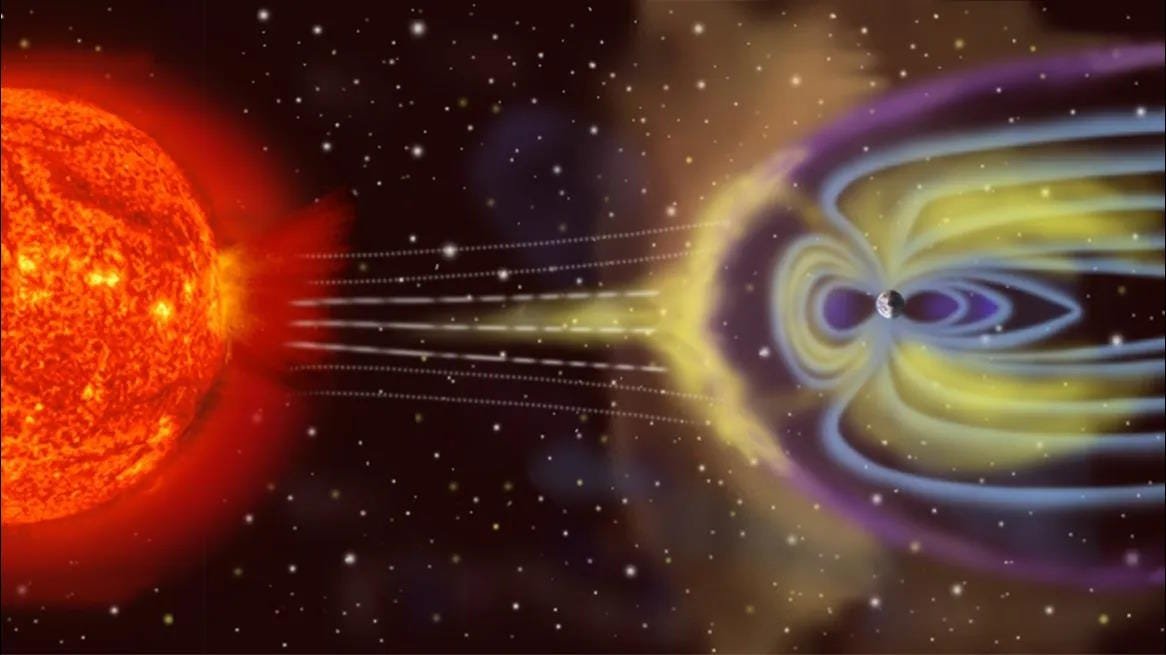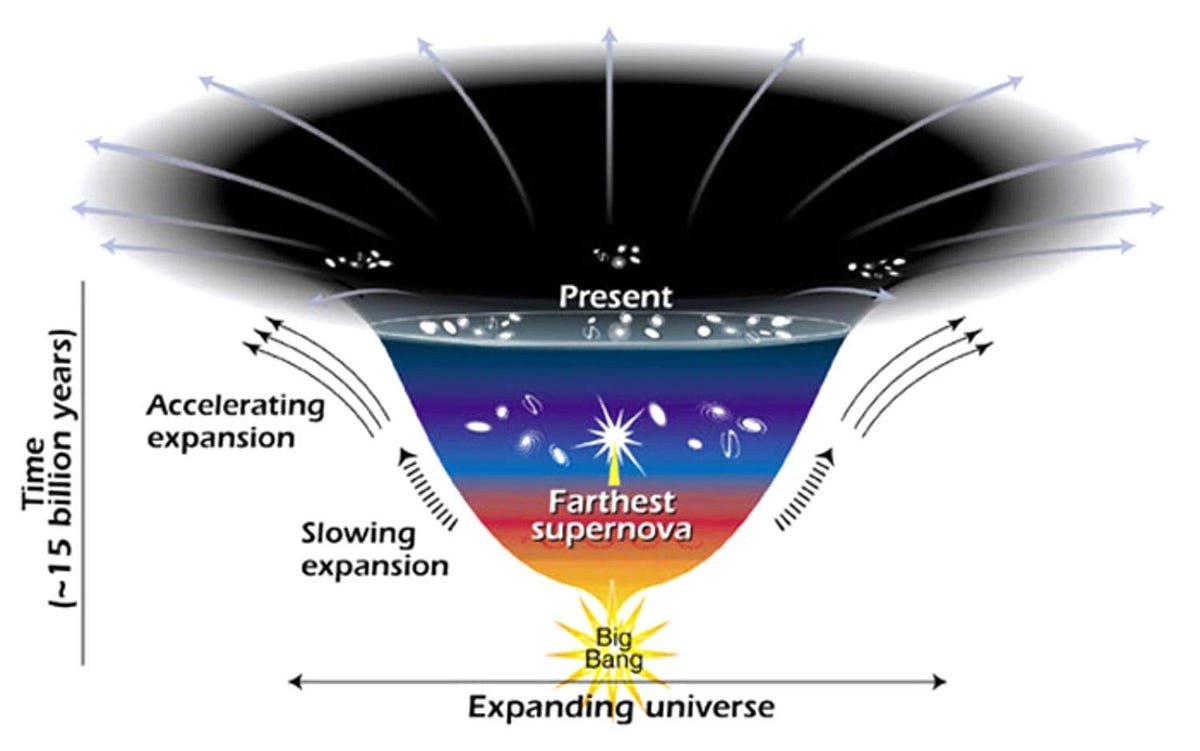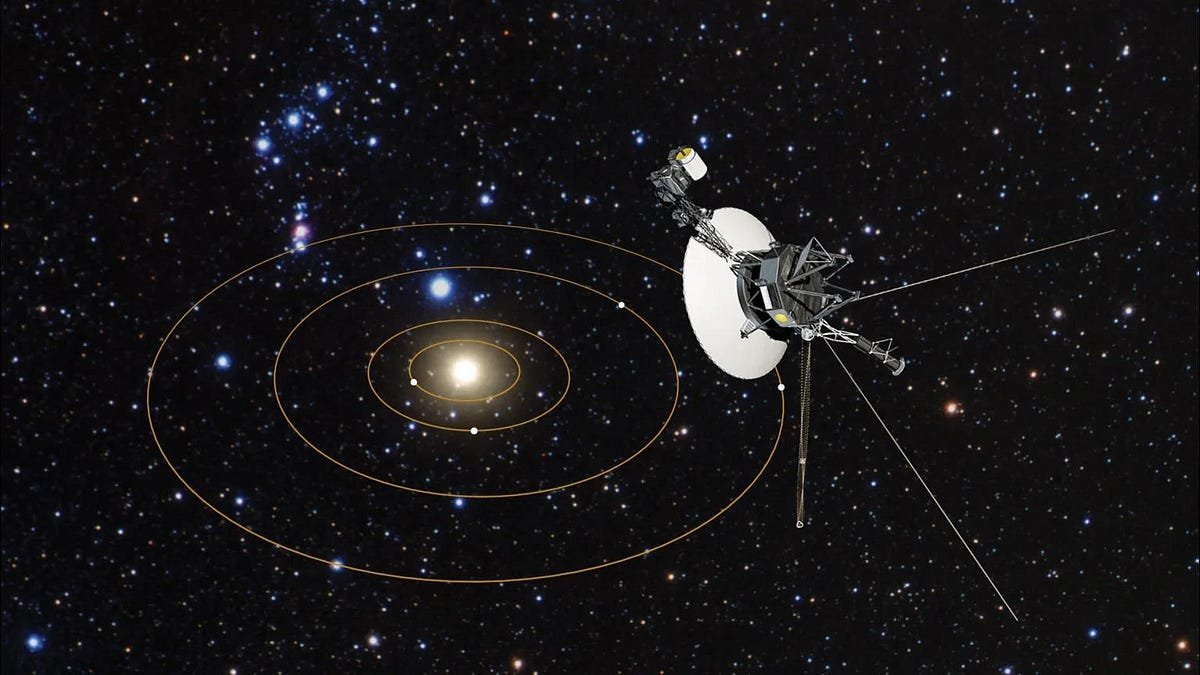
What was it like when life first sprang forth on Earth? | by Ethan Siegel | Starts With A Bang! | Feb, 2024
Although early Earth was a molten hellscape, once it cooled, life arose almost immediately. That original chain of life remains unbroken.
If you came to our Solar System right after it formed, you would have seen a completely foreign-looking sight. Our Sun would have been about the same mass it is today, but only a fraction as luminous, as stars heat up and shine more brightly as they age. The four inner, rocky worlds would still be there, but three of them would look extremely similar. Venus, Earth, and Mars all had thin atmospheres, the capacity for liquid water on their surfaces, and the organic ingredients that could give rise to life. Earth had a large, close moon, Mars had three, while Venus had none, as far as we can tell. Even though all of these worlds were hot and volcanically active, they all had almost completely given up their primordial, hydrogen-and-helium-rich envelopes, as photoevaporation had boiled them all away.
While we still don’t know whether life ever took hold on Venus or Mars, we know that by the time Earth was only a few hundred million years old — possibly after as little as 100 million years but no later than 700 million years — there were organisms living on its surface. After billions of years of cosmic evolution gave rise to the elements, molecules, and conditions from which life could exist, our planet became the one where life not only arose, but where it continued to thrive for billions of years subsequently, even giving rise to us, humanity, as part of its cosmic story. To the best of our scientific knowledge, here’s what those first steps of life’s emergence were like.
Life — at least, life as we know it — has a few properties that pretty much everyone agrees on. While life on Earth involves carbon-based chemistry (requiring carbon, oxygen, nitrogen, hydrogen, and many other elements like phosphorous, copper, iron, sulfur, and so on) and relies on liquid water, other combinations of elements and molecules may be possible. The four general properties that all living organisms share…




